A jib crane is a versatile and efficient lifting solution widely used in industrial, warehouse, and light-duty environments. The design of a jib crane revolves around simplicity and functionality, but understanding each component is essential for safe operation, effective maintenance, and optimal performance. In this guide, we break down the primary jib crane components, explain their functions, and show how they contribute to streamlined material handling.
Table of Contents
Toggle1. Base
The base is the foundational element of a floor-mounted jib crane. It secures the crane to the ground and bears the full load during lifting operations. A well-installed base ensures structural stability and helps the mast and boom perform reliably.
There are typically three types of base mountings:
- Base-plate mounted: Anchored to a concrete slab, allowing repositioning when needed.
- Foundation-mounted: Embedded in concrete for heavy-duty use.
- Sleeve-insert mounted: Offers flexibility for future relocation.
For small jib cranes used in compact work zones, a simple base-plate mount is often sufficient. Small Jib Crane Installation Tips for Narrow Work Zones provide more insights into space-efficient setups.
2. Mast (or Pillar)
The mast, also known as the pillar, is the vertical structure attached to the base. It supports the boom and transfers the lifting load down to the floor. Masts are typically made of high-strength steel and can support either 180-degree or 360-degree rotation, depending on the crane type.
Some jib cranes are wall-mounted, eliminating the need for a mast entirely. If your operation is limited in floor space, wall-mounted solutions such as the Articulated Jib Crane – Wall Mounted offer excellent flexibility.
3. Boom (Swing Arm)
The boom is the horizontal arm of the jib crane. It is mounted on the mast and swings to provide lateral movement of the hoist and load. Booms can be:
- Straight for simple left-right travel.
- Articulating with two pivot arms to maneuver around obstacles.
The boom holds the hoist, trolley, and power system, playing a central role in load positioning. It’s engineered to balance strength and flexibility, which is especially crucial in assembly line environments. Discover How Small Jib Crane Improves Workflow in Assembly Lines for practical applications.
4. Hoist
The hoist is the lifting mechanism that raises and lowers loads. Hoists are available in different configurations:
- Manual: Hand-operated for light loads.
- Electric: Powered for heavier or repetitive lifting.
- Pneumatic (air-powered): Ideal where electricity is not feasible.
The hoist is suspended from the trolley and is usually equipped with a hook for attaching to loads or end effectors. Choosing the correct hoist ensures safe and efficient operations. It’s one of the most crucial jib crane components for ensuring safety and performance.
5. Trolley
Mounted on the boom, the trolley allows the hoist to move horizontally. Trolleys can be:
- Push-type for manual movement.
- Motorized for powered travel.
- Air-powered in pneumatic systems.
The trolley glides along the boom, enabling precise load positioning. Regular lubrication and inspection of trolley wheels and bearings ensure consistent operation.
6. Controls
Controls operate the jib crane’s movement, including hoist lifting/lowering and boom rotation. Options include:
- Push-button pendants
- Wireless remotes
- Smart balancers or G-Force systems for floating loads
Advanced controls improve ergonomics and reduce operator strain. For smaller cranes, pendant controls are common and easy to install. See Small Jib Crane Safety Features to Prevent Workplace Injuries for details on remote operation safety.
7. Electrification / Power Supply
The power supply system energizes the hoist and controls. Systems can include:
- Festoon systems (cable trolleys)
- Conductor bars
- Self-contained power boxes
Electrification is especially important for jib cranes with motorized rotation or trolleys. Festoon systems are typically used when the trolley travels along the boom.
8. Hook
The hook connects the hoist to the load. It is often the first point of contact and undergoes significant wear. Hooks typically have a safety latch to prevent slippage. Regular inspection and maintenance of the hook are critical.
9. End Effectors
End effectors are attachments connected to the hook that grip or hold specific loads. These can range from basic slings to highly engineered tools:
- Vacuum lifters
- Magnetic lifters
- Custom lifting clamps
If you’re handling unique materials like granite, choosing the right lifting clamp or end effector is vital. Learn more about lifting clamps and selecting the right granite countertop for your application.
10. Pneumatic Components
For air-powered systems, pneumatic components include valves, hoses, and vacuum end effectors. These are common in packaging or lightweight repetitive tasks. Air-driven systems are ideal in environments where electricity poses a hazard.
Final Thoughts
Understanding each jib crane component is essential to building a safe, efficient, and tailored lifting solution. Whether you’re designing a system for a tight workspace, assembly line, or general workshop, selecting the right parts ensures reliability and performance.
If you’re installing or upgrading a crane system, start by assessing your layout, load requirements, and workflow needs. For practical examples, explore:
- Small Jib Crane Installation Tips for Narrow Work Zones
- How Small Jib Crane Improves Workflow in Assembly Lines
- Small Jib Crane Safety Features to Prevent Workplace Injuries
For more solutions or to explore product options, visit our collection of more crane products.

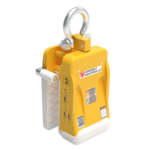
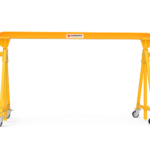
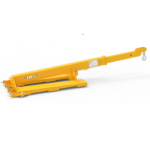
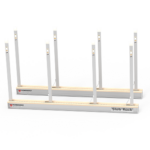
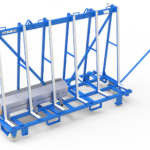
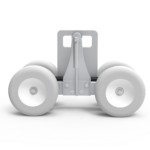
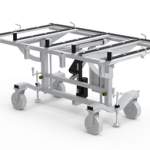
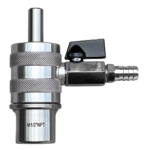
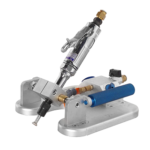
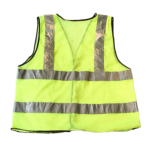
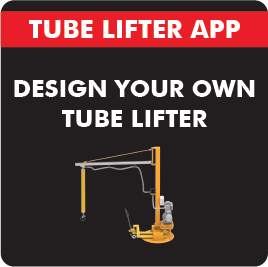
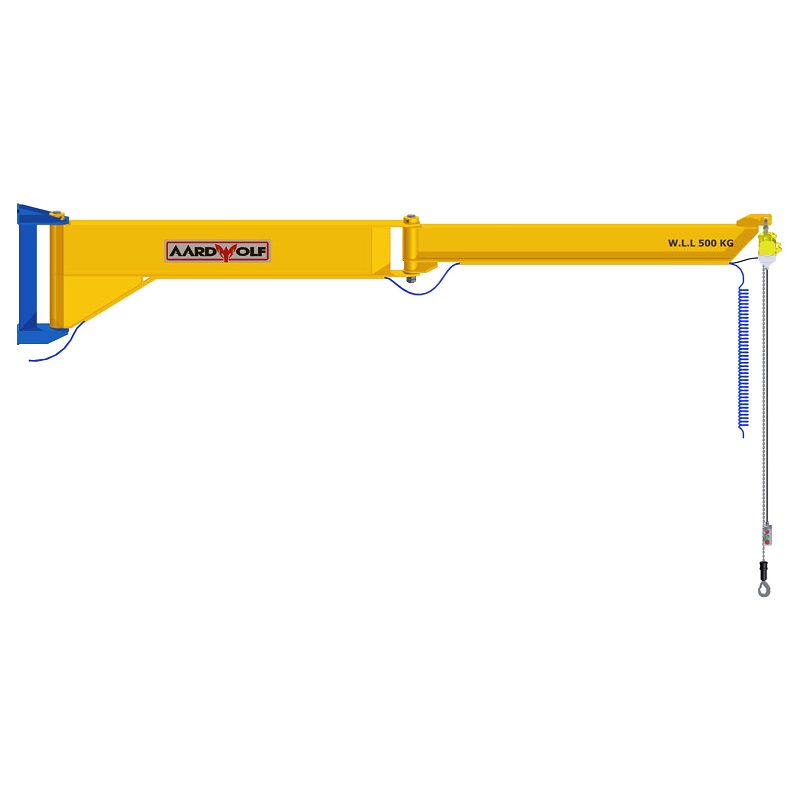
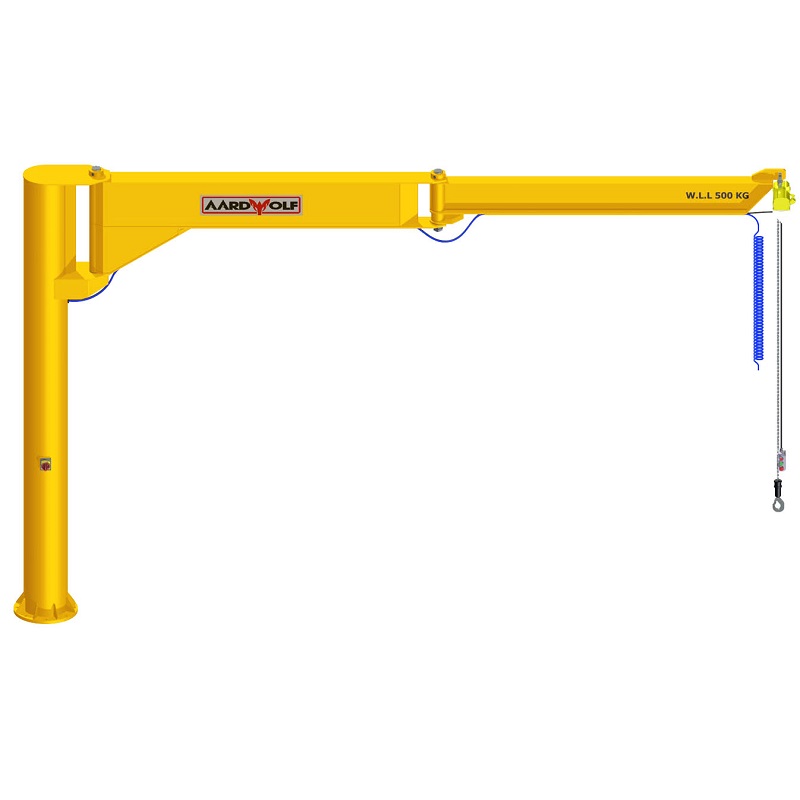
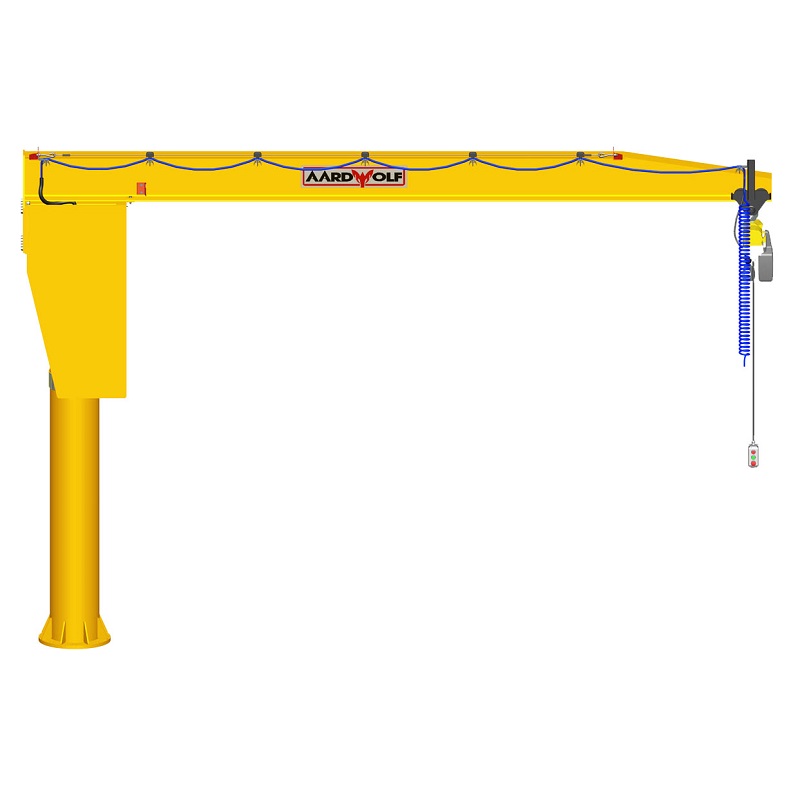


Please log in to leave a comment.